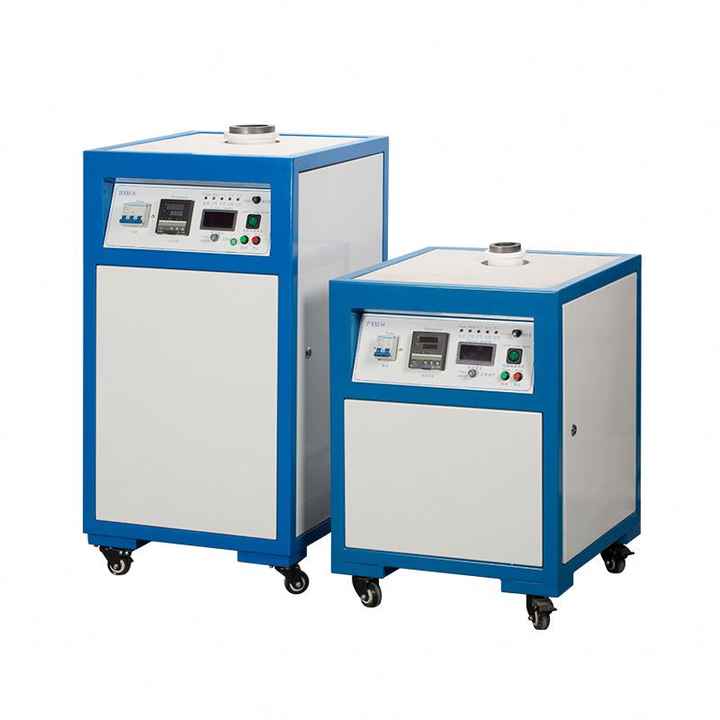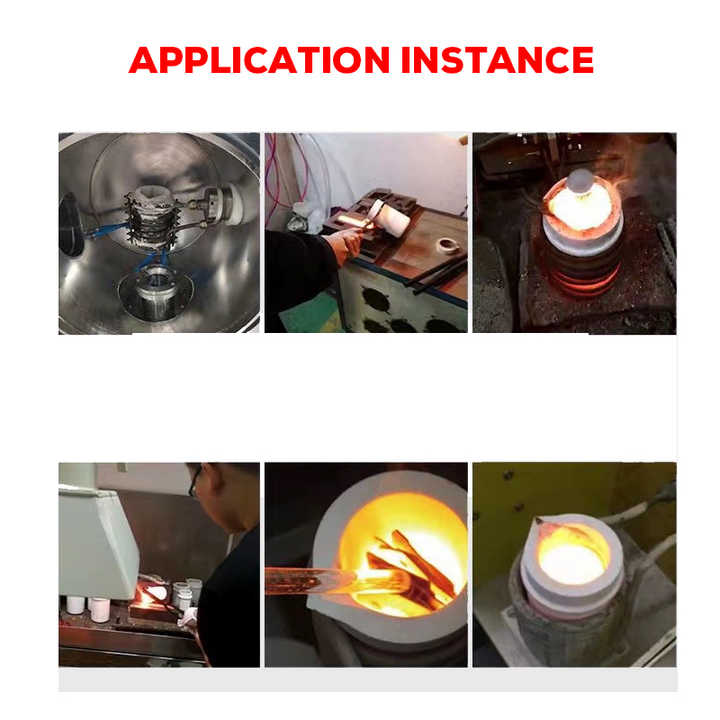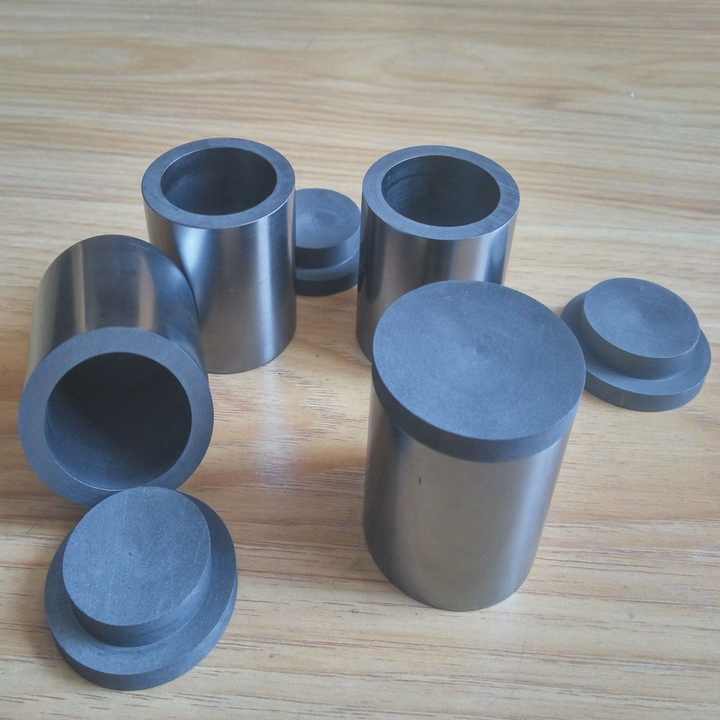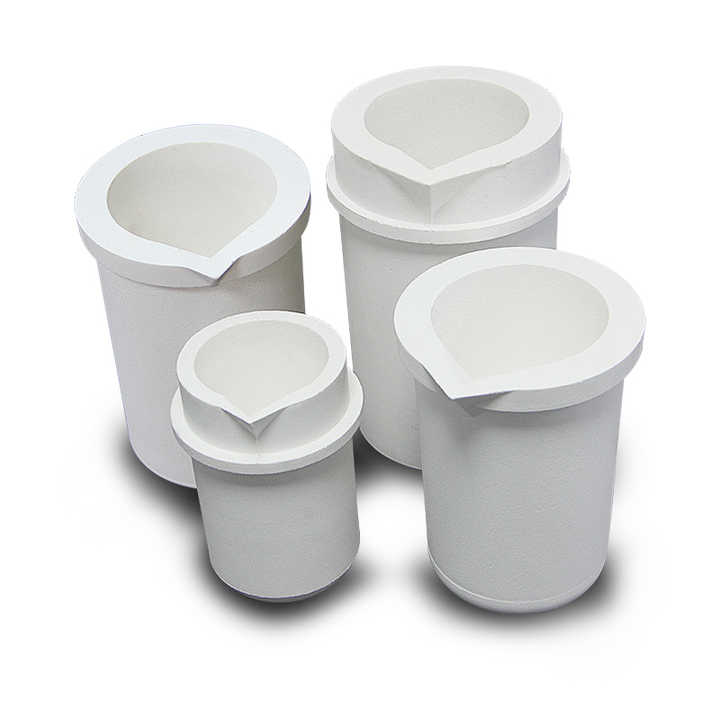Details
- Home
- refining junk silver
refining junk silver


Table of Contents
ToggleRefining Junk Silver A Comprehensive Guide
Refining junk silver is an important process in the silver industry, transforming old or scrap silver into high-purity material suitable for various applications. Junk silver typically refers to silver coins, scrap jewelry, or other silver items that are no longer in their original form but still contain valuable silver content. This article provides a detailed overview of the refining process for junk silver, including methods, equipment, and key considerations for achieving high-quality results.


Understanding Junk Silver
Junk silver is a term used to describe silver that is collected from various sources, including:
- Old Coins: Silver coins that are no longer in circulation but contain a significant amount of silver.
- Scrap Jewelry: Broken or outdated silver jewelry pieces that are no longer worn.
- Industrial Scrap: Silver-containing materials discarded from industrial processes or manufacturing.
Despite its name, junk silver can be a valuable source of silver when properly refined.
The Refining Process for Junk Silver
Refining junk silver involves several key steps to extract pure silver from the mixed material. Here’s a detailed look at each stage:
Collection and Sorting
The first step in refining junk silver is to collect and sort the material:
- Collection: Gather all sources of junk silver, including coins, jewelry, and scrap.
- Sorting: Separate the junk silver into different categories based on its type and silver content. For example, sort coins by their silver content and jewelry by its purity.
Preparation and Cleaning
Before refining, junk silver must be prepared and cleaned:
- Cleaning: Remove any dirt, tarnish, or other contaminants from the junk silver. This can be done using mild acid solutions or ultrasonic cleaners.
- Cutting and Shredding: If the silver is in large pieces or coins, cut or shred it into smaller pieces to improve the efficiency of the refining process.
Melting and Flux Addition
The prepared silver is then melted and combined with flux to facilitate purification:
- Melting: Heat the junk silver in a furnace to a temperature above its melting point (961.8°C or 1,763°F). This transforms the silver into a molten state, making it easier to remove impurities.
- Flux Addition: Add flux materials, such as borax or soda ash, to the molten silver. Flux helps to bind impurities and lower the melting point of the mixture, allowing for better separation of silver from other elements.
Purification and Electrolytic Refining
To achieve high-purity silver, further purification is necessary:
- Gravity Separation: After melting, use gravity-based methods to separate silver from heavier impurities. This can include techniques such as settling or centrifugation.
- Electrolytic Refining: Use an electrolytic cell to further purify the silver. In this process, an electric current is passed through a solution containing silver ions, causing pure silver to deposit onto a cathode while impurities remain in the solution.
Casting and Final Testing
Once the silver is purified, it is cast into bars or other forms
, and subjected to final testing:
- Casting: Pour the molten silver into molds to form bars, ingots, or other desired shapes. Allow the silver to cool and solidify. The casting process ensures that the silver takes a usable form and is ready for further processing or sale.
- Final Testing: Test the purity of the refined silver using methods such as X-ray fluorescence (XRF) or inductively coupled plasma (ICP) spectroscopy. Ensure that the silver meets the required purity standards, often 99.9% or higher.
Benefits of Refining Junk Silver
Refining junk silver offers several benefits:
Increased Purity
Refining junk silver transforms mixed and potentially contaminated materials into high-purity silver. This high-quality silver can be used for investment, jewelry, and industrial purposes.
Economic Value
Junk silver often contains significant amounts of valuable silver. Refining it into pure silver bars or coins can provide substantial economic value and make it more marketable.
Environmental Impact
Refining junk silver helps recycle silver, reducing the need for mining new silver and minimizing environmental impact. It supports sustainable practices in the precious metals industry.
Considerations and Challenges
Refining junk silver involves several considerations and challenges:
Safety and Environmental Concerns
- Safety: Handling molten metal and chemicals requires appropriate safety measures. Use protective gear, such as gloves and goggles, and ensure proper ventilation in the refining area.
- Waste Management: Manage and dispose of waste materials, including slag and chemical by-products, responsibly to minimize environmental impact.
Equipment and Maintenance
- Furnace and Tools: Regularly maintain and calibrate refining equipment, including furnaces and electrolytic cells, to ensure optimal performance and prevent breakdowns.
- Upgrades: Invest in modern refining technologies to improve efficiency and achieve higher purity levels.
Legal and Regulatory Compliance
- Regulations: Adhere to local regulations and standards for refining and handling precious metals. Ensure that all refining processes comply with legal requirements and industry best practices.
Refining junk silver is a valuable process that transforms old or scrap silver into high-purity material suitable for various applications. By following the necessary steps—collection, preparation, melting, flux addition, purification, and casting—refiners can achieve high-quality results and unlock the full economic value of junk silver. Emphasizing safety, environmental responsibility, and equipment maintenance is crucial for a successful refining process. With the right approach, refining junk silver can be a profitable and sustainable practice in the precious metals industry.















